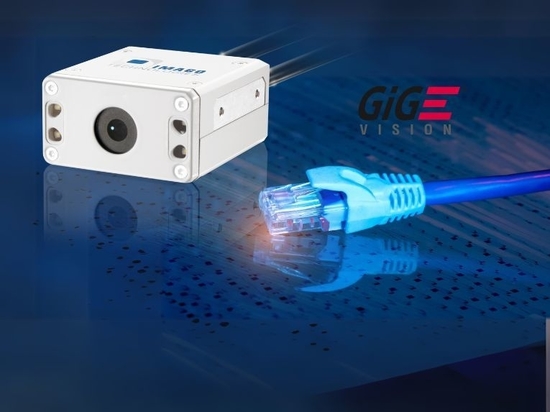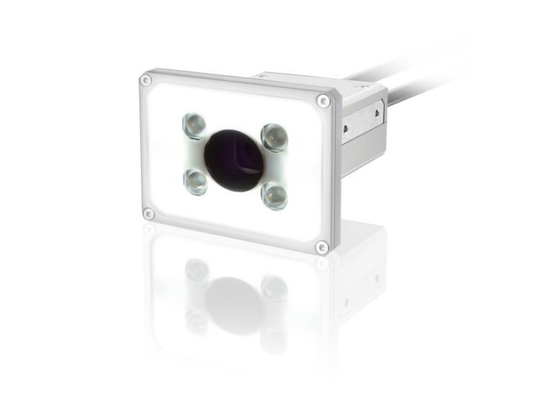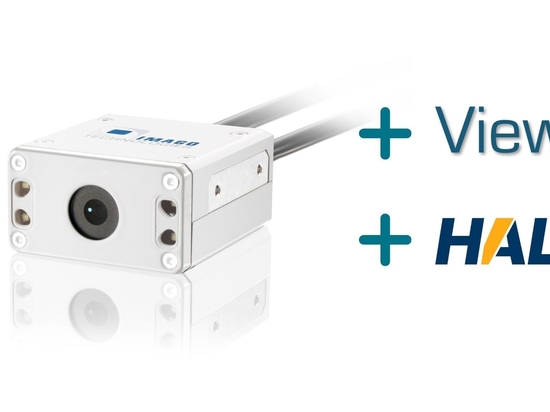
#Industry News
Pre-Emposed Processing in AI Cameras
What You Should Know
AI cameras are becoming increasingly popular as they offer a number of advantages over traditional cameras. One of the main advantages of AI cameras is their ability to perform pre- or post-emposed processing, combining the benefits of AI with traditional image processing.
WHAT IS PRE-EMPOSED OR POST-EMPOSED PROCESSING?
Pre-emposed processing is a technique that allows AI cameras to improve the quality of an image before it is processed by an AI algorithm. This can include tasks such as removing noise, improving contrast, and segmenting images.
Accordingly, Post-Emposed Processing means processing the image using classical image processing methods after the AI processing.
THE ADVANTAGES OF PRE-EMPOSED PROCESSING
Pre-emposed processing can improve the performance of AI cameras in several ways. These benefits include:
– Reduce the amount of data to be processed, which can increase camera speed and efficiency.
– Improve the accuracy of camera results by allowing the camera to focus on specific objects or scenes.
– Allowing the camera to perform tasks that would not be possible without preemposed processing, such as tracking moving objects or detecting objects in low-light conditions.
HOW DOES PRE-EMPOSED PROCESSING WORK?
In pre-emposed processing, the image is processed using a number of known image processing methods before it is captured. Which algorithms are suitable here depends on the application and is up to the creativity of the image processing engineer.
PRE-EMPOSED PROCESSING USING THE EXAMPLE OF BALL BEARING INSPECTION
Let’s take a practical example. Imagine you want to use AI to detect surface defects on a ball bearing. The AI algorithm is very good at finding defects, but it cannot calibrate the image or output the results in world coordinates. This is where image preprocessing comes into play.
Before training the AI algorithm, the image can be calibrated using known methods. This is done by taking images of good parts and using those images to teach the camera what the parts should look like. Once the image is calibrated, it can be passed to the AI algorithm for error detection.
In the inference phase, the input image is also calibrated before the AI algorithm is run. This ensures that the results of the AI algorithm are accurate and in world coordinates.
CONCLUSION
Pre-emposed and post-emposed processing are powerful techniques that can improve AI camera performance in several ways.





